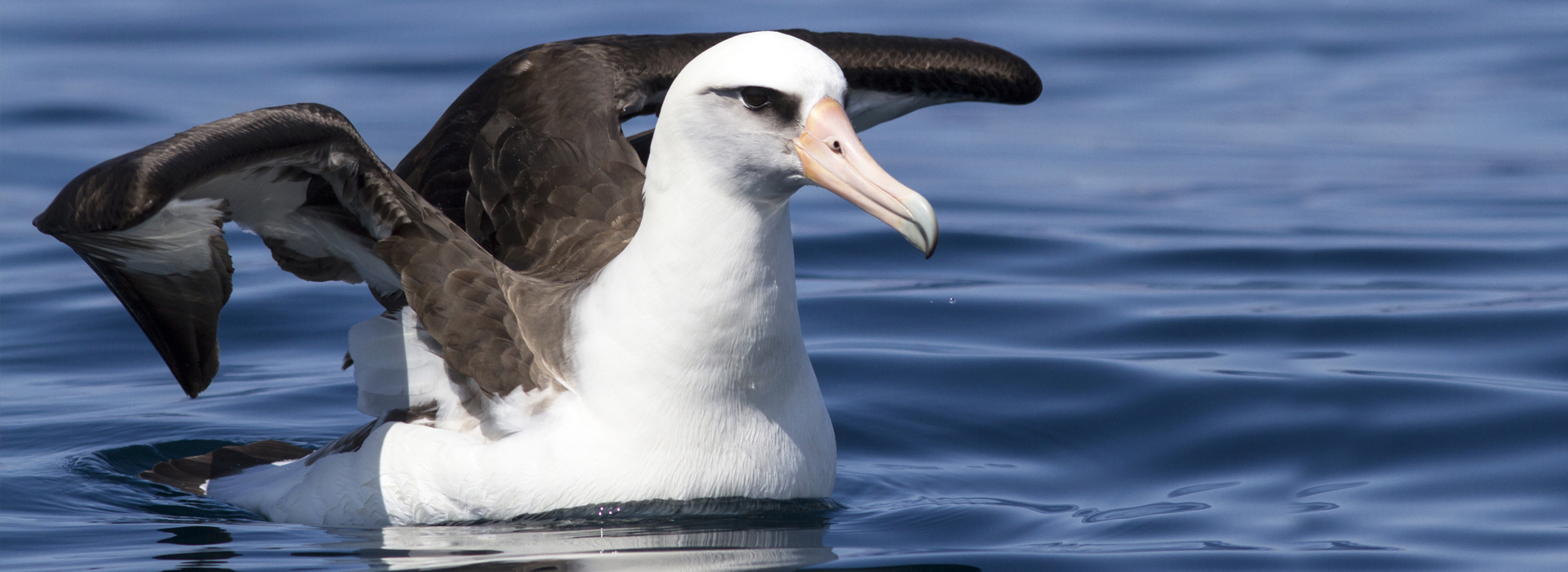Everyone may have wondered at least once in their life to see the migrating V’s of the swans high up in the blue sky as one of the wonders of the nature. The yearly migration of the Hawaiian birds is considered to be one of the most inspiring phenomena of the nature. However, many of these migratory species are now on the verge of extinction and the call for protecting migratory birds is at its high pitch.
The miracle of migration
Just imagine the sight of innumerable small and large migratory birds flying towards their destination in thousands during darkness. Billions of small birds altogether coursing the broad fronts and fleeing across the rivers by filling the night sky. This amazing visual feast of the nature is the miracle of migration. Twice every year from prehistoric times, migratory birds routinely do these epic journeys by covering thousands of miles.
Some of the leading varieties of migratory birds as Red Knot, doing their migratory flight twice a year by traversing the full hemisphere starting from Patagonia to Arctic and back to the former destination at next season. Some others like Blackpoll Warbler, weighing only 16 grams, fly thousands of miles across open ocean. Birds as tiny Ruby-throated Hummingbirds are noted to cross the Gulf of Mexico and some other similar migratory birds hope across the Caribbean and North Central America during spring and then towards south during autumn.
Endangered species of Hawaii
More than 24 species of birds, which only exist in Hawaii, have been added to the Migratory Bird Treaty Act as to be protected under threat of extinction since 1985. For the birds which are in this list, humans need special permission for any activities involving these birds and hunting them is strictly protected. Extensive measures also needed to be taken for protecting migratory birds by preserving their natural habitats and breeding grounds.
The major varieties of migratory birds listed as endangered species under the Migratory Bird Treaty Act are;
Akekee, Äkepa, Greater kialoa, Akiapölä, Äkohekohe, Maui Alauahio, O‘ahu Alauahio, Hawaii Amakihi, Kauai Amakihi, O‘ahu Amakihi, Anianiau, Apapane, Hawaii Creeper, Laysan Finch, Nihoa Finch, I‘iwi, Käkäwahie, Nihoa Millerbird, Nukupuu, Ö‘ü, Palila Maui Parrotbil, Po‘ouli.
There are a few Pacific Island species also added to this list as they mostly belong to the families covered by Canadian and Mexican conventions as below.
Black Bittern (Guam), Little Pied Cormorant (Northern Mariana Islands), Spotless Crake (American Samoa), Mariana Fruit-Dove (Guam, Northern Mariana Islands), White-throated Ground-Dove (Guam, Northern Mariana Islands), Crimson-crowned Fruit-Dove (American Samoa), Pacific Black Duck (American Samoa), Gray Heron (Northern Mariana Islands), Many-colored Fruit-Dove (American Samoa), Friendly Ground-Dove (American Samoa), Mariana Crow (Guam, Northern Mariana Islands), Nordmann’s Greenshank (Guam), Pacific Imperial-Pigeon (American Samoa), Collared Kingfisher (American Samoa, Northern Mariana Islands), Micronesian Kingfisher (Guam), Gould’s Petrel (American Samoa), Eurasian Oystercatcher (Guam), Phoenix Petrel (Baker and Howland Islands) are to name a few.
Bringing back the migratory birds
It is a very tiresome task to bring back all the birds by taking measures for protecting migratory birds, which requires a highly focused effort by collaborating the effort of government, conservationist groups, as well as the public.
